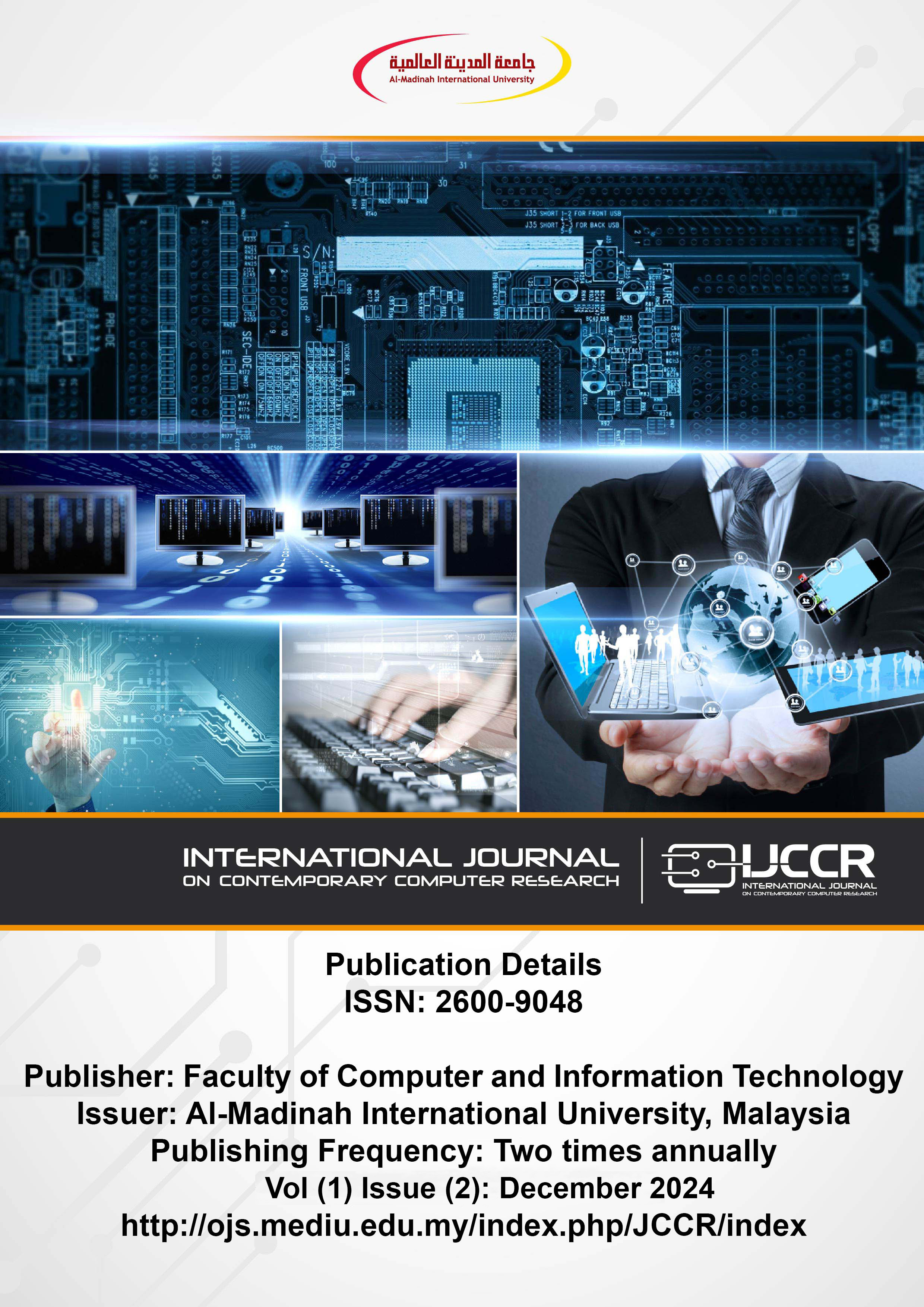A Comparative Analysis of Massive MIMO and Small Cell Networks in 5G Systems
Main Article Content
Abstract
The deployment of 5G wireless networks has transformed connectivity by delivering unprecedented speed, reliability, and capacity. This study examines two fundamental technologies enabling 5G performance: Massive Multiple-Input Multiple-Output (Massive MIMO) and Small Cell Networks. Their effectiveness is evaluated based on key performance metrics, including spectral efficiency, latency, and energy efficiency, under various deployment scenarios. Massive MIMO enhances network capacity and reliability through large antenna arrays and advanced beamforming techniques, making it well-suited for wide-area coverage. However, challenges such as computational complexity, energy consumption, and mobility constraints must be addressed. Conversely, Small Cell Networks improve capacity and coverage in dense urban areas by utilizing localized, low-power base stations. Despite their benefits, they pose challenges related to interference management, backhaul requirements, and deployment costs. This research employs simulation-based analysis to compare the performance of these technologies across different user densities and deployment scales. The results indicate that Massive MIMO is more effective in wide-area networks with moderate user densities, whereas Small Cell Networks excel in high-density urban environments by reducing latency and increasing frequency reuse. Additionally, hybrid deployment strategies integrating both technologies prove optimal for suburban areas, achieving a balance between coverage and capacity. These findings offer practical insights for optimizing 5G network deployments, highlighting the need for scenario-specific approaches. Recommendations include the integration of renewable energy sources for sustainability and the adoption of hybrid architectures to meet diverse connectivity demands. This study contributes to the advancement of 5G infrastructure, supporting the development of efficient, scalable, and sustainable next-generation wireless communication systems.

